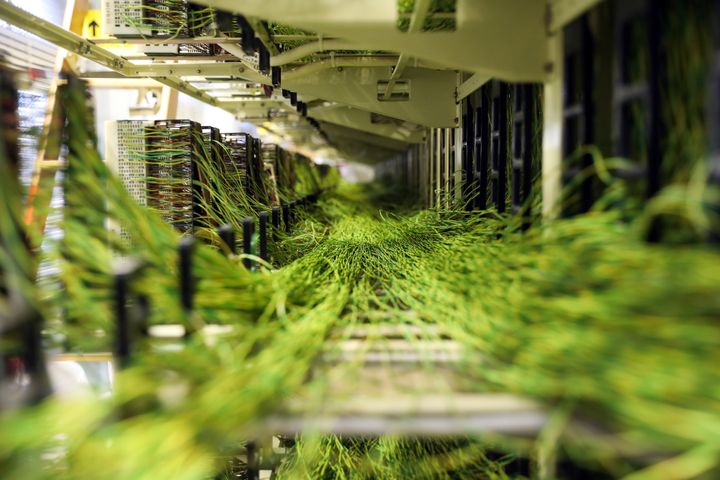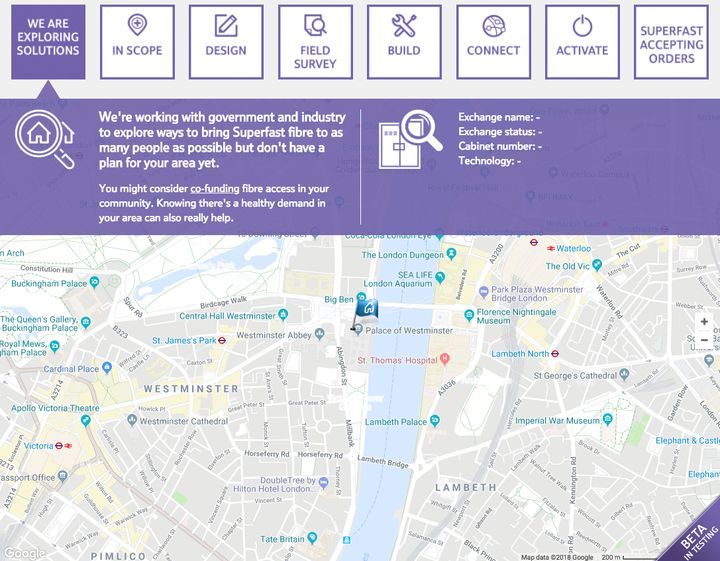The government has just announced that the entire UK should have access to full fibre internet by 2033.
The announcement is just part of a technological revolution that’s being planned by the government to bring the UK back up to speed with the rest of the world.
While this initiative will include adopting new technologies like the next generation of mobile networks (5G), the backbone of it lies in full fibre.
So what is full fibre? Why is it so important and why should you leap at the opportunity if you ever get offered it?
What is full fibre?
Full fibre describes an internet connection that is entirely served by a fibre optic cable, from the exchange all the way to your house. This is known as Fibre To The Premises (FTTP).

This is not to be confused with one of the present systems, which uses fibre optic cables under the pavements and then a traditional copper cable running from the green box in your street to your house.
This process, known as Fibre To The Cabinet (FTTC), can offer a speed increase but ultimately it’s putting a plaster over the problem, which is that the internet is still being served by a copper cable.
Full fibre will see everything replaced with fibre optic cabling. This would futureproof our internet and allow homes to experience internet speeds of up to 1Gbps (1,000Mbps).
To give you some idea of how quick that is, Virgin Media’s FAST connection at 362Mbps, can download a HD movie in two minutes, or an entire album in three seconds.
Why is it so important?
Most of the UK’s internet is powered by good old-fashioned copper wiring. It has been there for almost 100 years, and while it has served us well enough it is now becoming hopelessly out of date with the requirements of the modern age.

We are a nation that expects to watch Netflix in HD, be able to download a 4K movie in seconds or start playing an online video game without it crashing. This expectation is only going to grow. By 2020 the volume of global internet traffic is expected to be 95 times that of 2005.
This doesn’t even take into account the huge growth of mobile internet and with the arrival of 5G now just around the corner, the copper cables just won’t cut it anymore.
The UK is playing a serious game of catch up though. Just 4% of the nation currently has a full fibre connection, which is a tiny amount compared to say Spain (71%) or even France (28% and growing).
When will I get full fibre?
The hope is to rollout fibre to the entire country by 2033. Of course the likelihood is that you won’t have to wait over 15 years before actually getting a decent internet connection.
Openreach currently offers a handy postcode search feature that lets you find out if you have fibre in your area or what the current status is of fibre coming to your area.

The government’s main priorities at the moment are city centres, towns and businesses.
That doesn’t mean that villages and rural communities are being completely left out in the cold. While private companies such as Virgin, BT etc are expected to pick up the bill for around 80% of this rollout, the government is saying it will aim to provide between £3-5 billion to help rollout fibre to the final 10% of communities that otherwise would have been left out.
Openreach recently announced the rollout of FTTP to over 370,000 new homes in 59 new locations around the UK. Check out the full list here.
